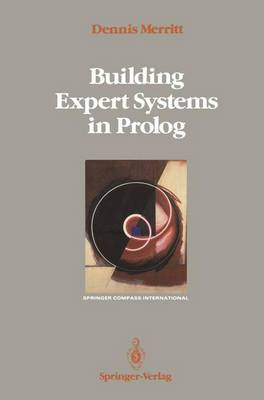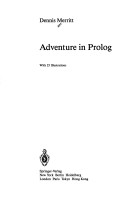Springer Compass International
2 total works
When I compare the books on expert systems in my library with the production expert systems I know of, I note that there are few good books on building expert systems in Prolog. Of course, the set of actual production systems is a little small for a valid statistical sample, at least at the time and place of this writing - here in Gennany, and in the first days of 1989. But there are at least some systems I have seen running in real life commercial and industrial environments, and not only at trade shows. I can observe the most impressive one in my immediate neighborhood. It is installed in the Telephone Shop of the Gennan Federal PTT near the Munich National Theater, and helps configure telephone systems and small PBXs for mostly private customers. It has a neat, graphical interface, and constructs and prices an individual telephone installation interactively before the very eyes of the customer. The hidden features of the system are even more impressive. It is part of an expert system network with a distributed knowledge base that will grow to about 150 installations in every Telephone Shop throughout Gennany. Each of them can be updated individually overnight via Teletex to present special offers or to adapt the selection process to the hardware supplies currently available at the local ware houses."
This book is aimed at the programmer who wishes to learn the advantages of programming in Prolog. It takes a pragmatic rather than theoretical approach to the language, using full programming examples rather than code fragments. The various features of Prolog, such as logic definitions, symbolic reasoning, database manipulation, natural language, I/O, and flow of control are taught through the step-by-step development for showing Prolog's power. Through the exercises the reader applies the skill learned to the development of three other applications: an intelligent genealogical database, an expert system, and a business application. The unusual run-time behaviour and variable binding of Prolog - the sources of its power - are fully explained through diagrams and traces so they can be effectively used by the programmer. It is recommended (but not required) that the reader use a Prolog interpreter to experiment with the language and application described in the book.

